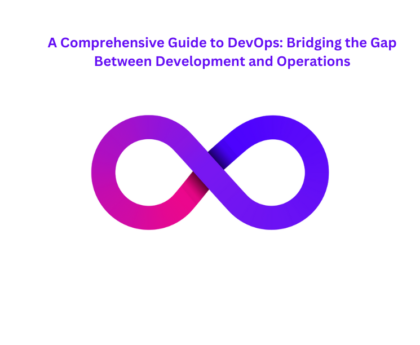In the ever-evolving world of web development, learning full-stack developement means wearing many hats. You need to be proficient in both frontend and backend technologies, and you must have the right tools at your disposal to navigate the complex landscape of modern web development. In this blog post, we’ll explore the essential tools and technologies that every full-stack developer should have in their toolkit.
1. Text Editors and Integrated Development Environments (IDEs)
Your journey as a fullstack developer begins with the choice of a text editor or IDE. These are your digital workplaces, where you spend most of your time writing code. Some popular choices include:
- Visual Studio Code (VS Code): It’s free, open-source, and highly customizable, making it a favorite among developers of all kinds.
- Sublime Text: Known for its speed and simplicity, Sublime Text is lightweight and packed with powerful features.
- IntelliJ IDEA: Ideal for Java-based development, IntelliJ IDEA offers excellent support for both frontend and backend work.
2. Version Control Systems
Efficient collaboration and code management are impossible without version control systems. Git is the de facto standard in the industry, and platforms like GitHub and GitLab make it easy to collaborate with teammates and contribute to open-source projects.
3. Frontend Technologies
a. HTML, CSS, and JavaScript
These are the building blocks of the web. HTML structures your content, CSS styles it and JavaScript adds interactivity. Familiarity with frameworks like React, Angular, or Vue.js can give your front-end development a significant boost.
b. Responsive Design
With the increasing use of mobile devices, knowing how to create responsive web designs is crucial. CSS frameworks like Bootstrap and Flexbox and CSS Grid are valuable tools for achieving responsive layouts.
c. Browser DevTools
Every full-stack developer should be comfortable using browser developer tools. They help debug and optimize your front-end code, making your applications more efficient and user-friendly.
4. Backend Technologies
a. Server-Side Languages
Choose a server-side language that suits your project’s requirements. Common options include Node.js (JavaScript), Python, Ruby, PHP, and Java.
b. Databases
Understanding databases is essential for full-stack development. Familiarize yourself with relational databases like MySQL, PostgreSQL, and NoSQL databases like MongoDB.
c. API Development
Learn how to create and consume APIs (Application Programming Interfaces). RESTful APIs and GraphQL are popular choices for building robust backend services.
5. Cloud Computing Platforms
Cloud platforms like AWS, Azure, and Google Cloud provide scalable infrastructure for hosting your web applications. Understanding how to deploy and manage your applications on these platforms is a valuable skill.
6. DevOps Tools
DevOps practices are crucial for streamlining development workflows and ensuring smooth deployments. Tools like Docker for containerization and Jenkins for continuous integration and continuous delivery (CI/CD) are indispensable.
7. Testing and Quality Assurance
Implementing automated testing with tools like Jest, Selenium, or JUnit helps ensure the reliability and quality of your code.
8. Security Awareness
As a full-stack developer, you must be aware of common security vulnerabilities like Cross-Site Scripting (XSS) and SQL Injection. Tools like OWASP ZAP can help you identify and mitigate security risks.
Conclusion
Becoming a proficient full-stack developer requires continuous learning and staying up-to-date with the latest tools and technologies. Your choice of tools will depend on your project’s requirements and personal preferences, but these essentials should be part of every full-stack developer’s arsenal. As you master these tools and technologies, you’ll be better equipped to create robust, scalable, and secure web applications that meet the demands of today’s digital landscape. Happy coding!



